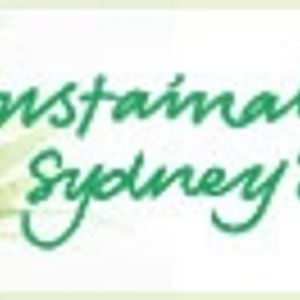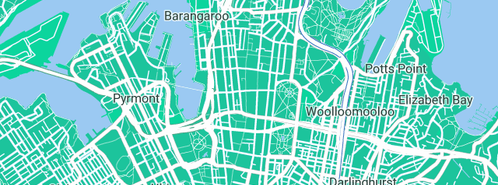About Council of The City of Sydney
The City of Sydney
Is a capital city council which is responsible for the commercial, financial and cultural hub of the greater Sydney area.
The city community includes around 150,000 residents, 350,000 workers and more than 450,000 daily visitors, as well as other government agencies, arts and cultural organisations and community based service providers.
The City continues to pursue its vision of meeting local resident's needs whilst advancing Sydney's global position as Australia's premier city, through the implementation of a range of services, programs and initiatives directed at residents, businesses and visitors.
Sydney was named by Captain Arthur Phillip after Viscount Sydney, Thomas Townshend, who was British Home Secretary at the time. It was originally known as Sydney Cove.
The original inhabitants of the Sydney area were the Cadigal band of the Eora Aboriginal tribe. European settlement in the City of Sydney dates from 1788 when the soldiers and convicts of the First Fleet dropped anchor at Sydney Cove. Sydney began its life as a penal colony, with free settlers arriving from 1793. Early industries included whaling, sealing and shipping of wool. After the crossing of the Blue Mountains in 1813, Sydney’s growth began to increase. In 1842, shortly after transportation of convicts to New South Wales was abolished, Sydney was declared a city. During the 1840s and 1850s the population grew rapidly, aided by the gold rush and many American and Chinese immigrants.
Population and industrial growth continued during the early 1900s. Working class suburbs like Pyrmont, Glebe and Redfern became natural places for people to live from the 1930s as housing was cheap and there was plenty of work in nearby factories. In the 1950s the western boundary of the City was characterised by port related functions, including warehousing, light industry and some workers housing. Significant development occurred during the 1950s and 1960s, with redevelopment of some of the older suburbs occurring from the 1970s.
In more recent decades much of Sydney has undergone significant change and redevelopment. Factories, warehouses and old workers dwellings have been recycled or replaced with office buildings, hotels, public buildings and apartments. Major infrastructure and development projects reflect this transformation from an industrial nature to a mixed use residential and employment centre. Darling Harbour was remade in the late 1980s as a tourist and entertainment site. Since the 1990s the number of people living within the City has expanded dramatically. The population of the City grew significantly between 1996 and 2001, due in part to Sydney being the host for the 2000 Olympic Games and facilitated by the Council’s planning policies which encouraged residential development in the City. Population growth in the City in this period (26.5%) far exceeded that of the Sydney Statistical Division (6.5%).
The City is served by several railway lines and many buses and ferries. Major features of the City include Sydney Harbour, Sydney Harbour Bridge, Sydney Opera House, Pitt Street Mall Shopping Centre, Darling Harbour, the University of Sydney, Sydney Institute of Technology, University of Technology Sydney, Sydney Cricket Ground, Royal Prince Alfred Hospital, St Vincents Hospital, Royal Botanic Gardens, The Domain and Hyde Park.
Reviews
| 5 | 0% | (0) | |
| 4 | 0% | (0) | |
| 3 | 0% | (0) | |
| 2 | 0% | (0) | |
| 1 | 0% | (0) |

Where to find Council of The City of Sydney
Nearby Businesses
Check out these popular businesses in Sydney, NSW 2000
